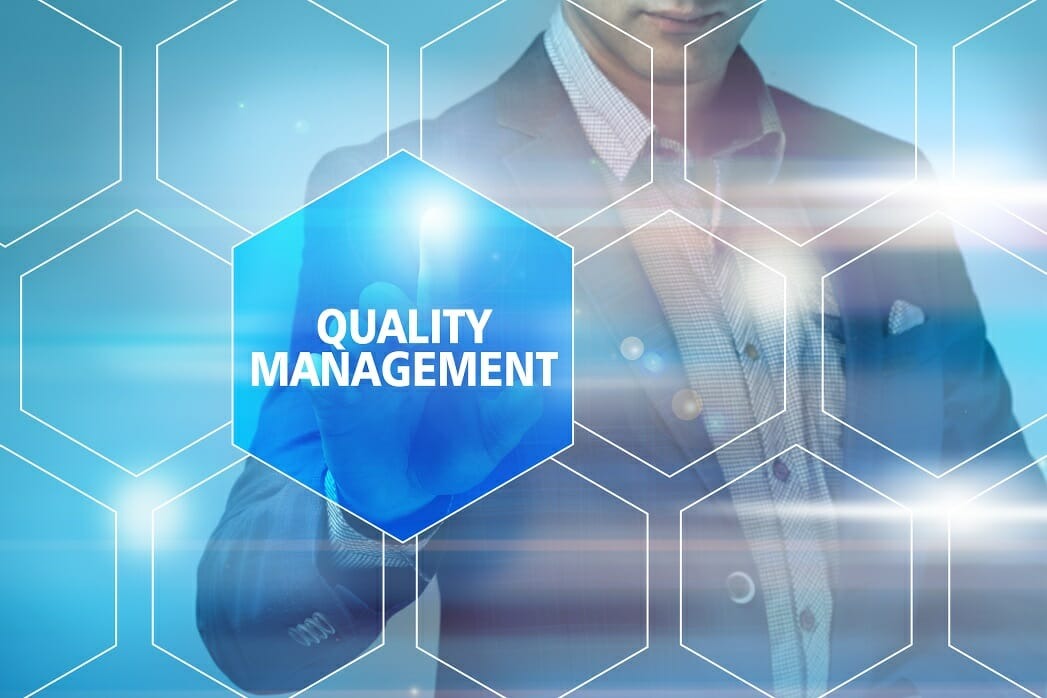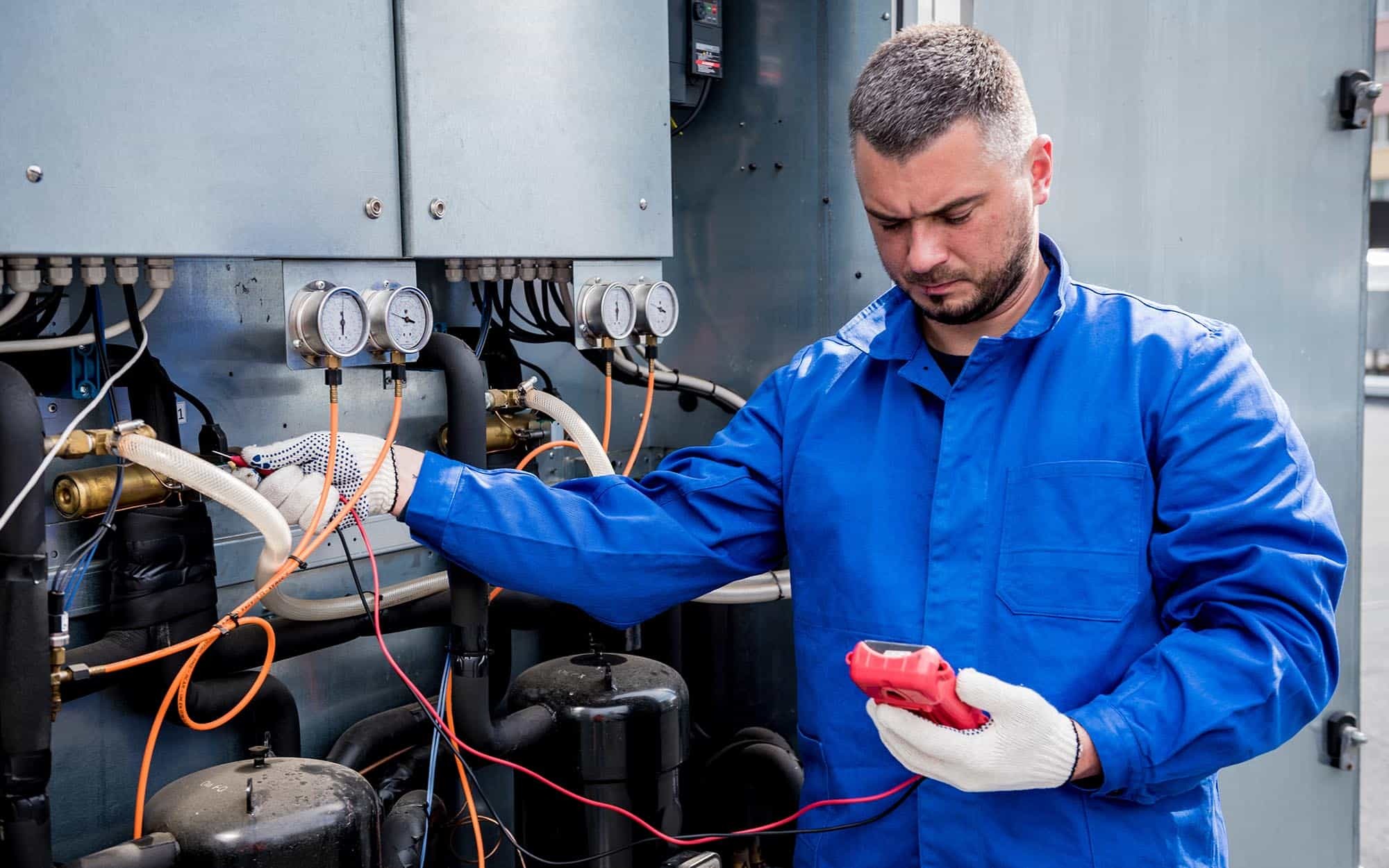Quality management is essential for any organization striving for excellence. A well-implemented Quality Management System (QMS) ensures consistency, improves customer trust, and drives continuous improvement. Here’s how to achieve effective quality management:

1. Define Clear Quality Objectives
Start by establishing measurable quality goals aligned with business objectives. These should reflect customer requirements, regulatory standards, and industry best practices. Clear objectives guide teams in maintaining consistency and accountability.
2. Implement a Structured QMS
A formal QMS, such as ISO 9001, provides a framework for documenting processes, responsibilities, and performance metrics. Standardized procedures reduce variability and ensure compliance with industry regulations.
3. Focus on Continuous Improvement
Adopt methodologies like Total Quality Management (TQM) or Six Sigma to identify inefficiencies and eliminate defects. Encourage employee feedback and use tools like PDCA (Plan-Do-Check-Act) for iterative improvements.
4. Engage Employees at All Levels
Quality is a collective responsibility. Train employees on quality standards, empower them to suggest improvements, and foster a culture where excellence is prioritized.
5. Monitor and Measure Performance
Use Key Performance Indicators (KPIs) to track quality metrics such as defect rates, customer complaints, and process efficiency. Regular audits and data analysis help identify areas needing correction.
6. Prioritize Customer Feedback
Customer satisfaction is the ultimate measure of quality. Gather feedback through surveys, reviews, and direct interactions, then use insights to refine products and services.
7. Leverage Technology
Automation and quality management software streamline inspections, documentation, and reporting. Tools like Statistical Process Control (SPC) and Enterprise Quality Management Software (EQMS) enhance accuracy and efficiency.
8. Ensure Supplier Quality
Work with reliable suppliers who meet your quality standards. Conduct regular evaluations and audits to maintain consistency in raw materials and components.
Conclusion
Effective quality management is not a one-time effort but an ongoing commitment to excellence. By setting clear objectives, engaging employees, leveraging technology, and continuously improving processes, organizations can achieve superior quality, customer satisfaction, and sustainable growth.




